Llanquihue
in the postcard-perfect panorama
surrounded by white peaks
that sometimes glow red
all is well –
grebes dive
and the mist does not descend –
at least
not right now
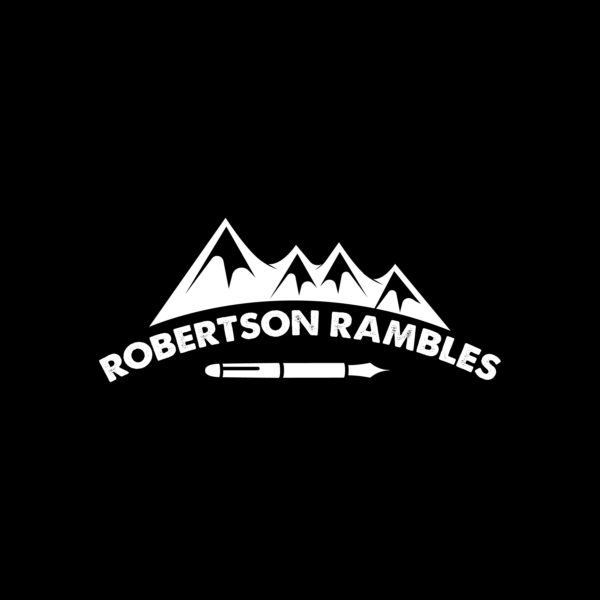
Llanquihue
in the postcard-perfect panorama
surrounded by white peaks
that sometimes glow red
all is well –
grebes dive
and the mist does not descend –
at least
not right now
I am now posting photos from Zambia and all of South Africa. I know that these are from August and September and it is now February, but that is just procrastination at its most extreme. Anyway, here are the photos.
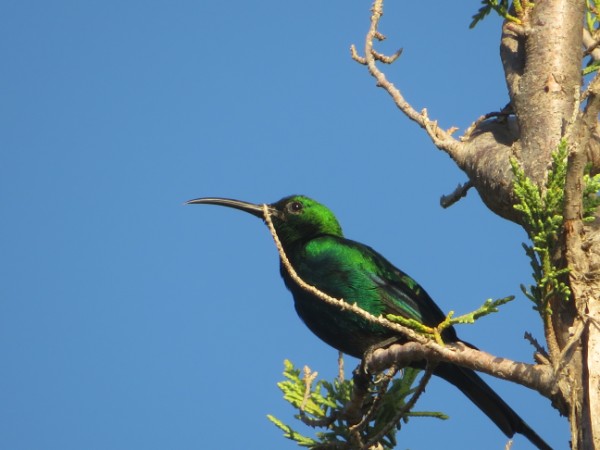
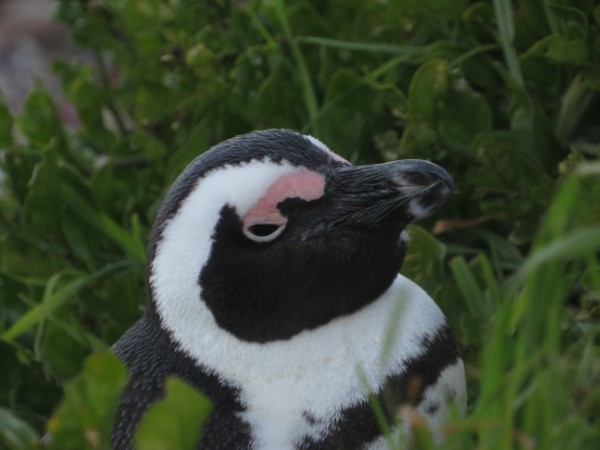
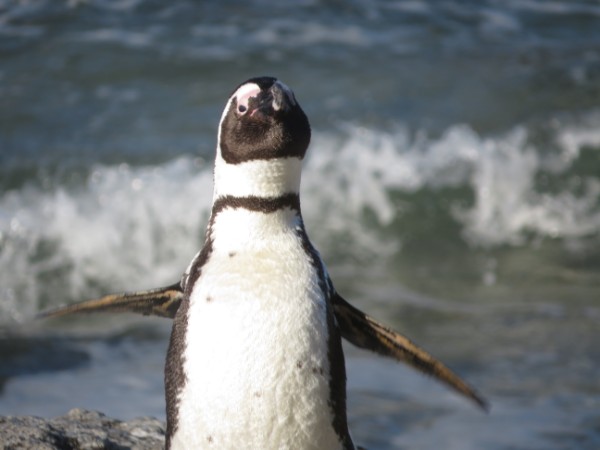
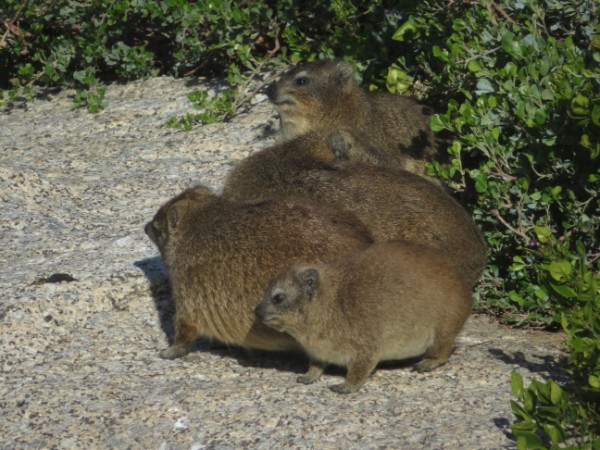
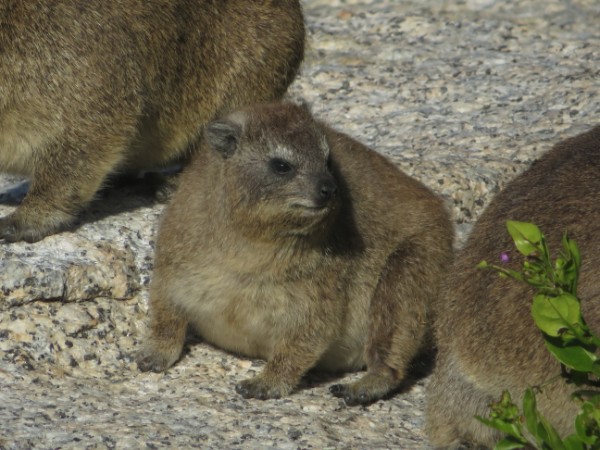
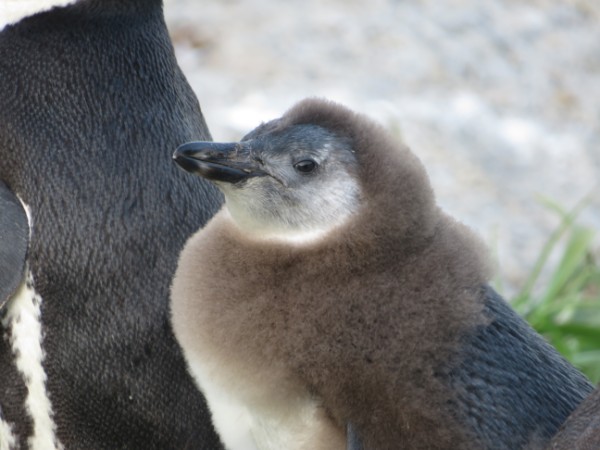
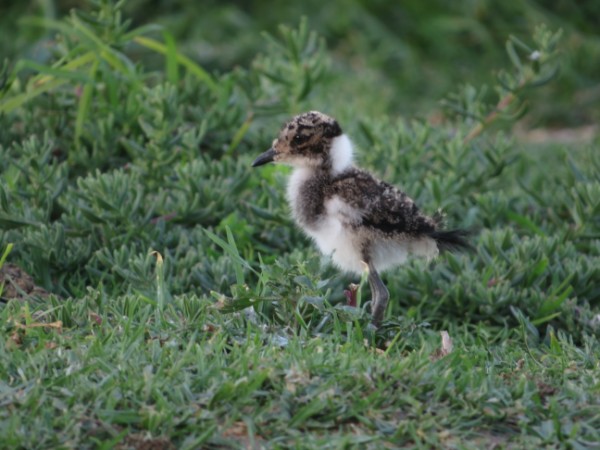
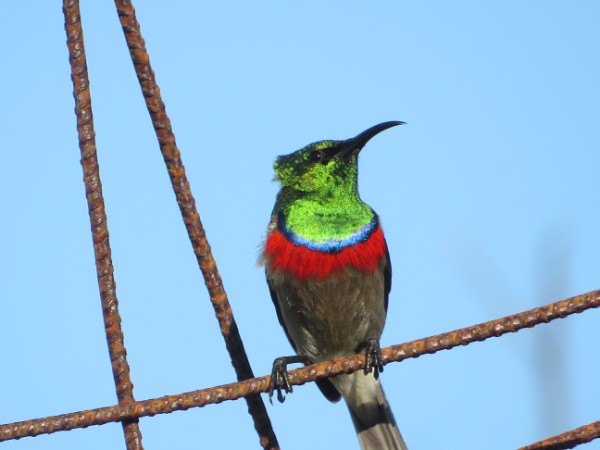

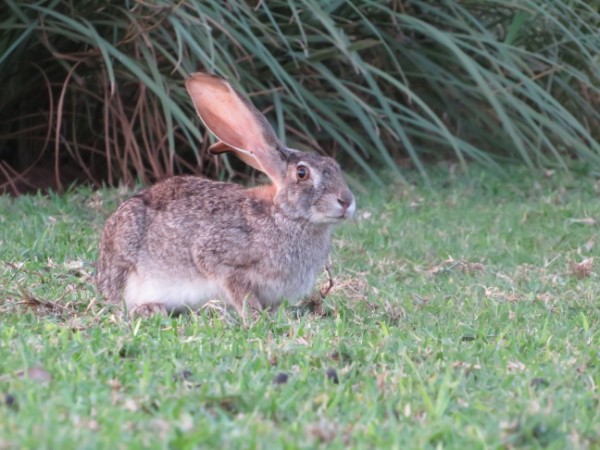
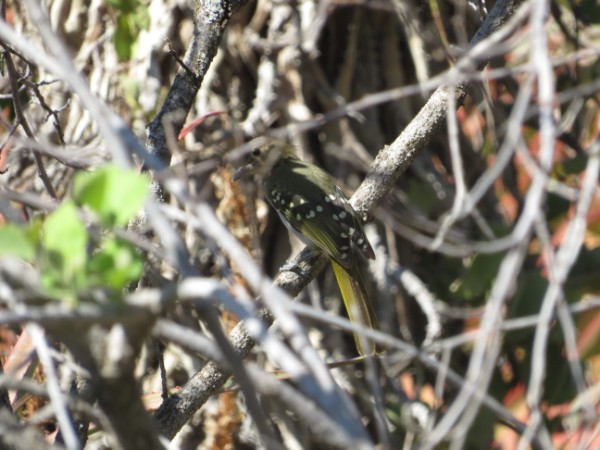
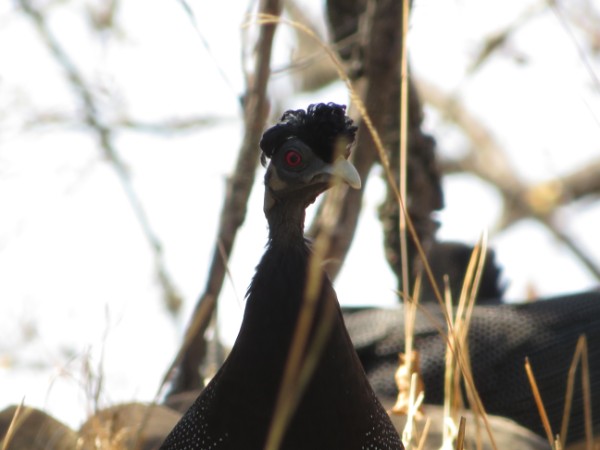
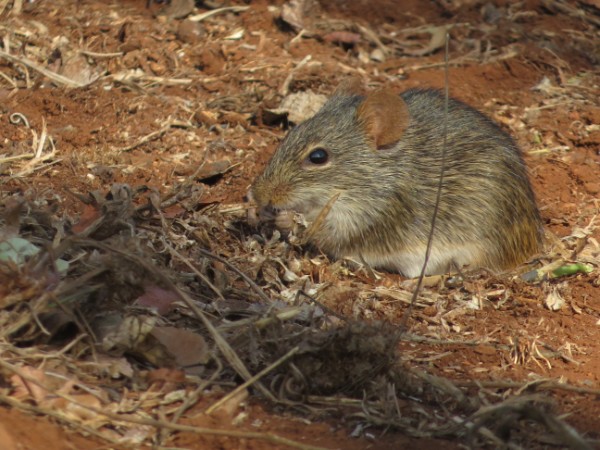
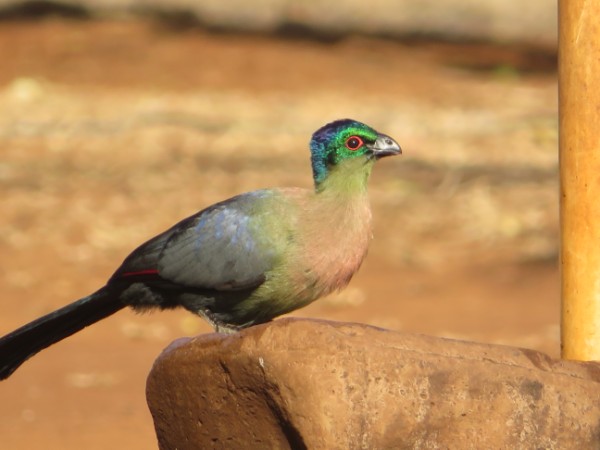
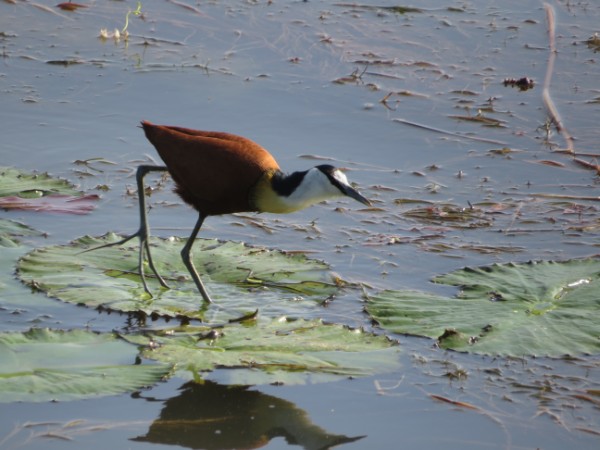
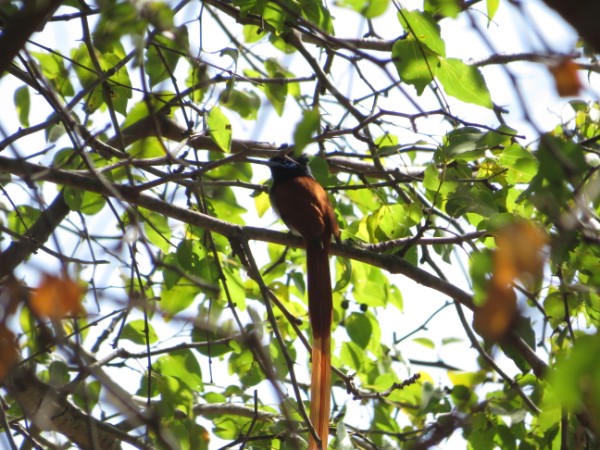
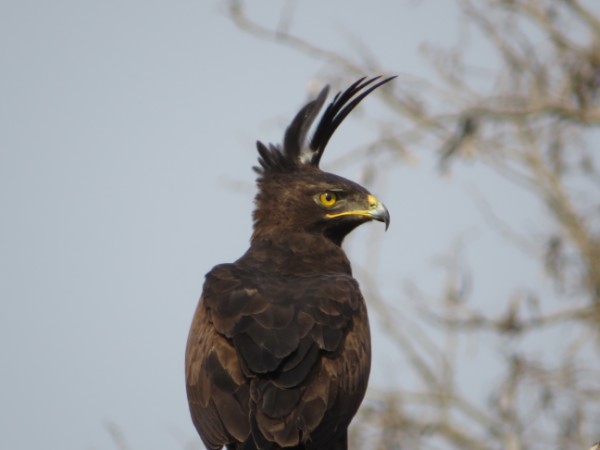
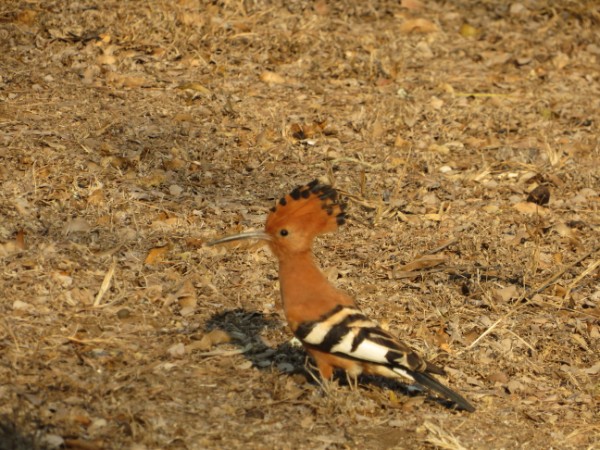
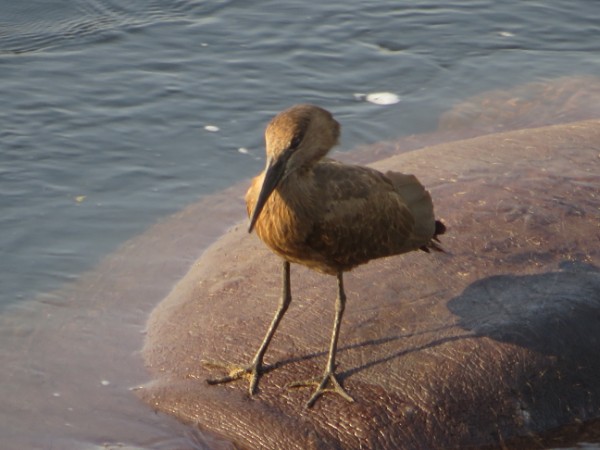
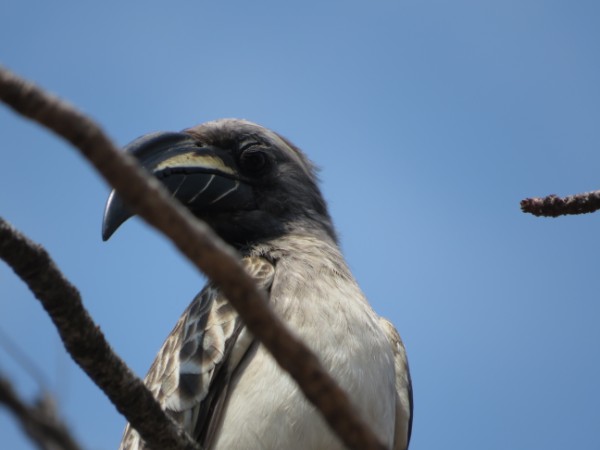
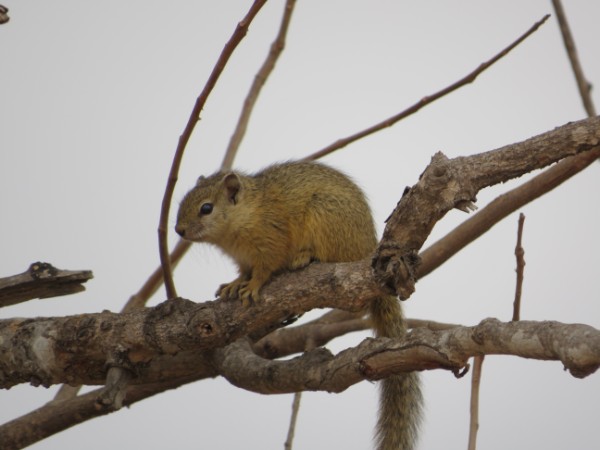
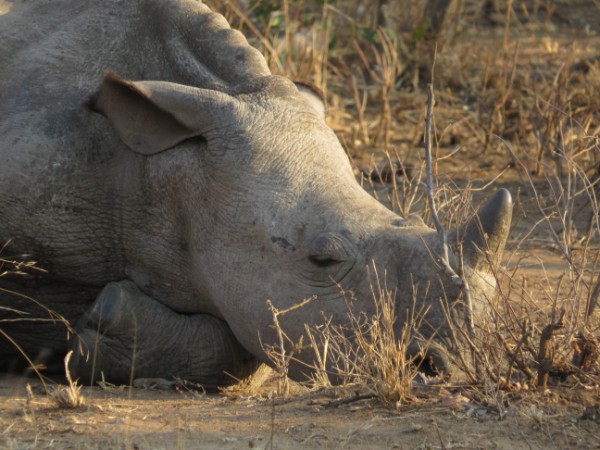
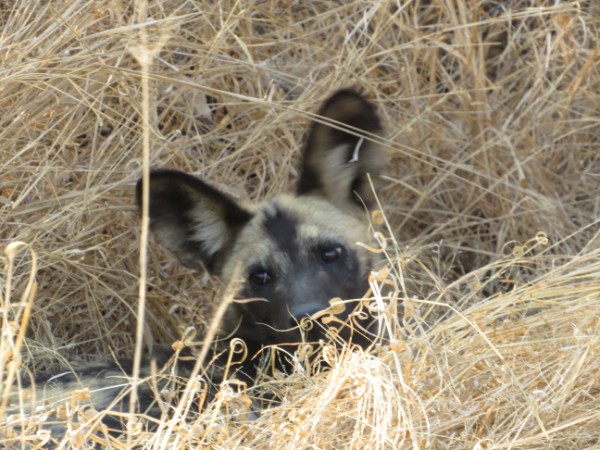
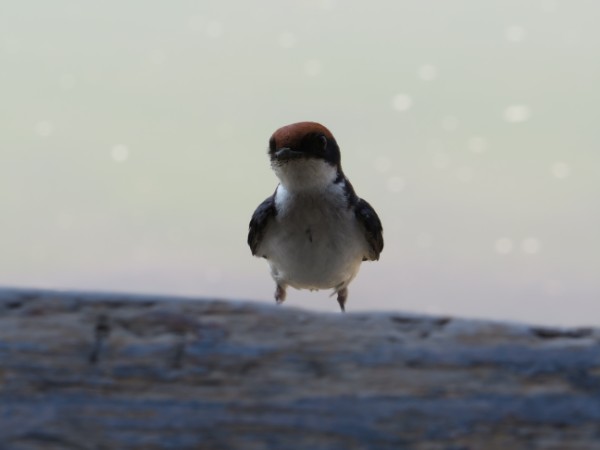
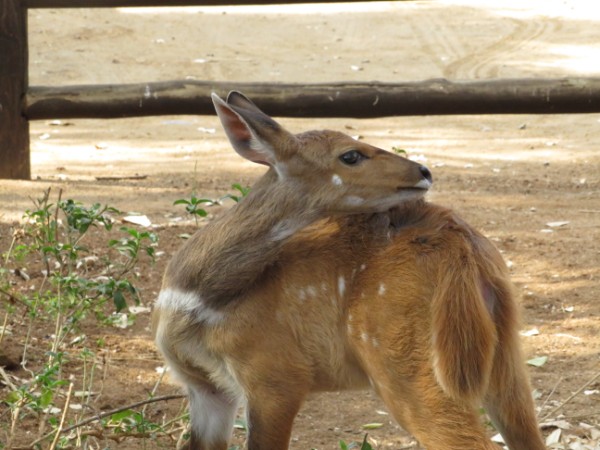
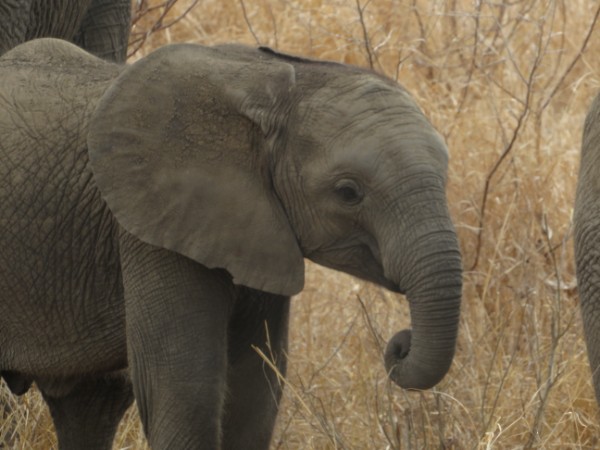
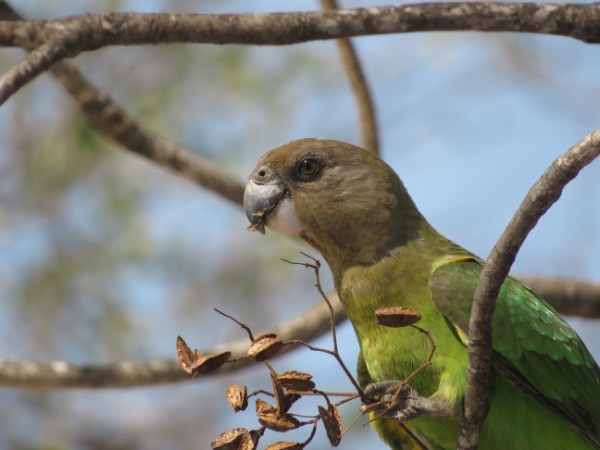
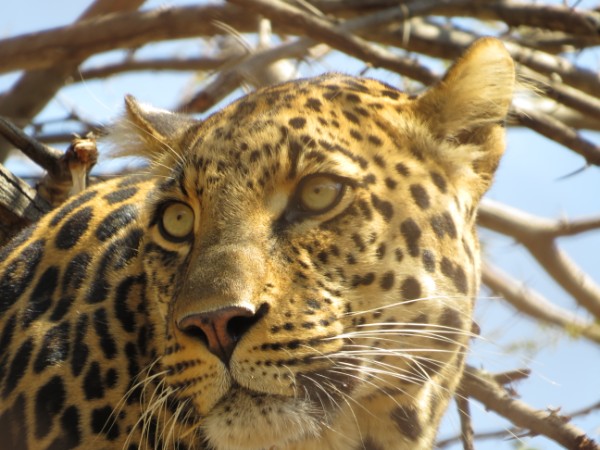
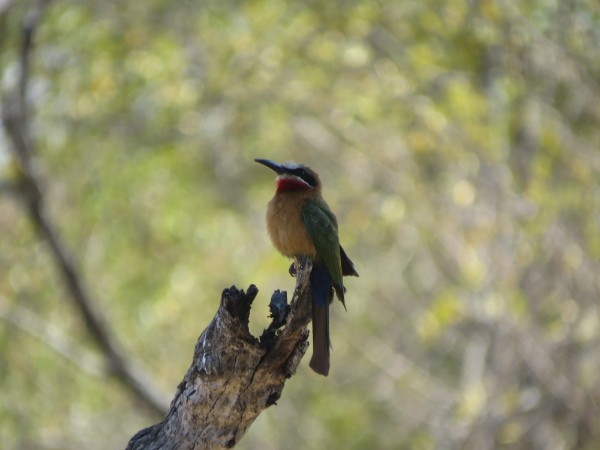
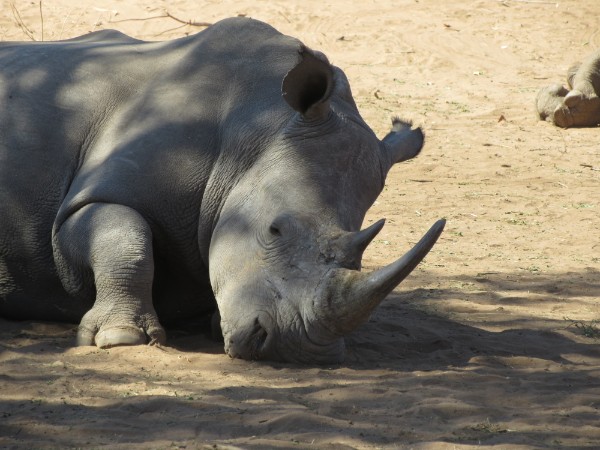
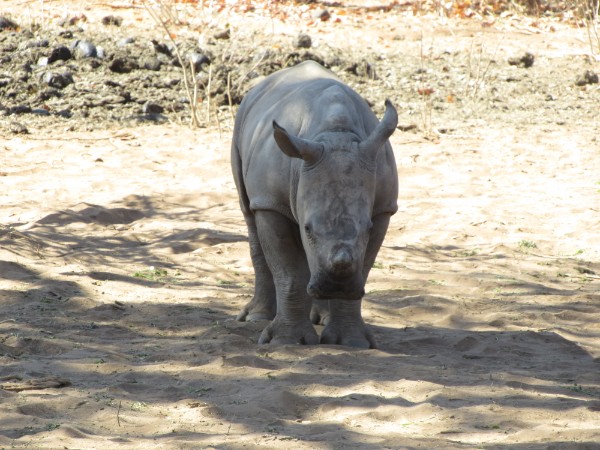
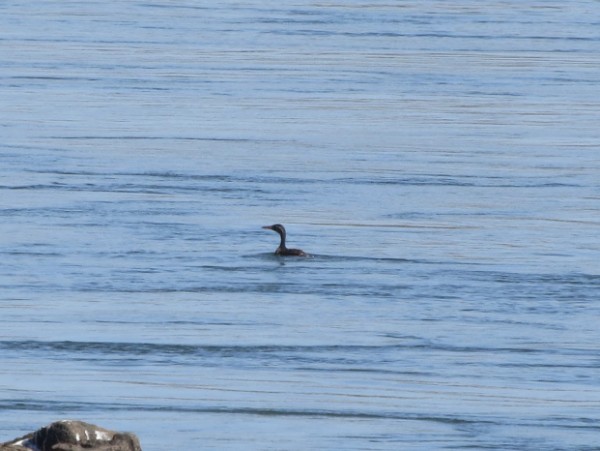

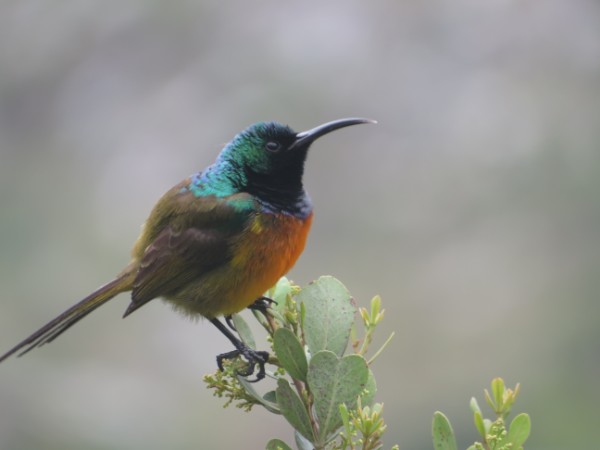
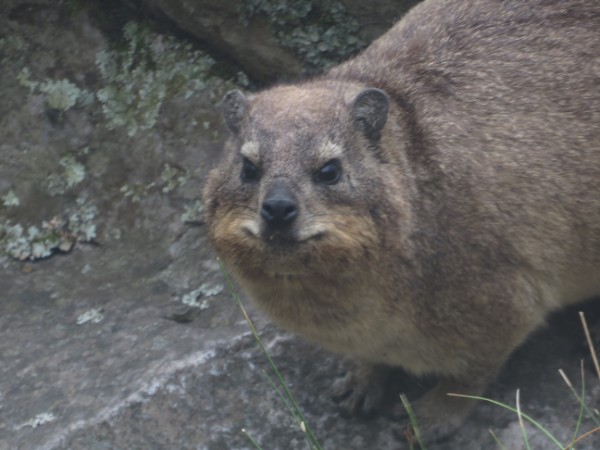
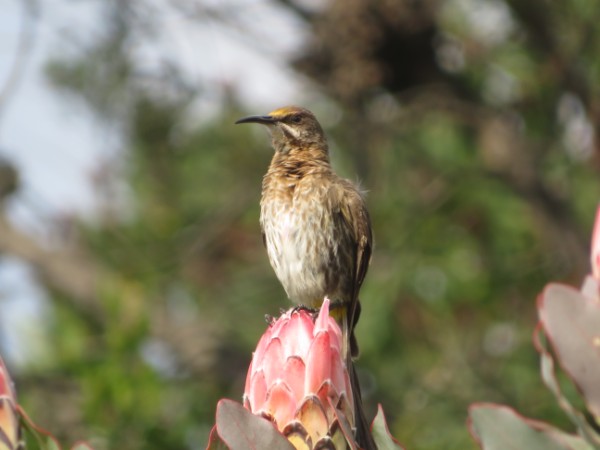

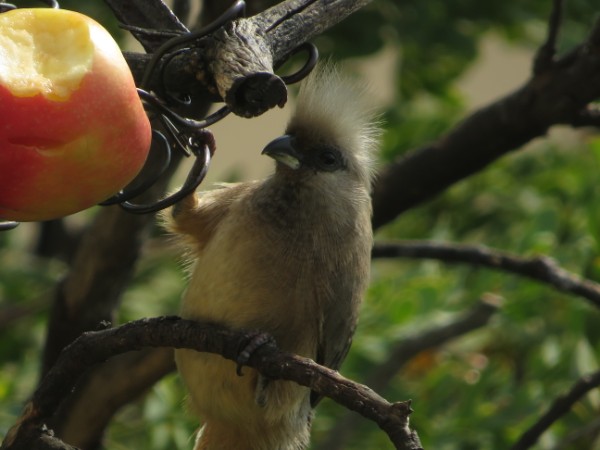
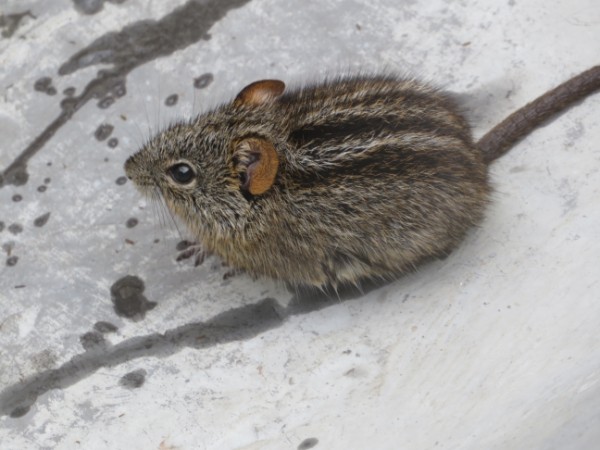
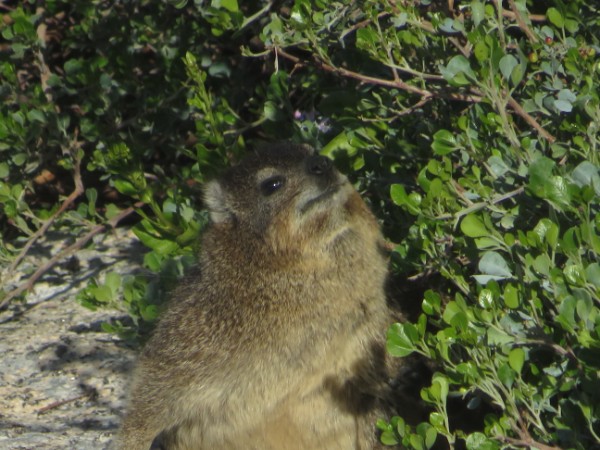
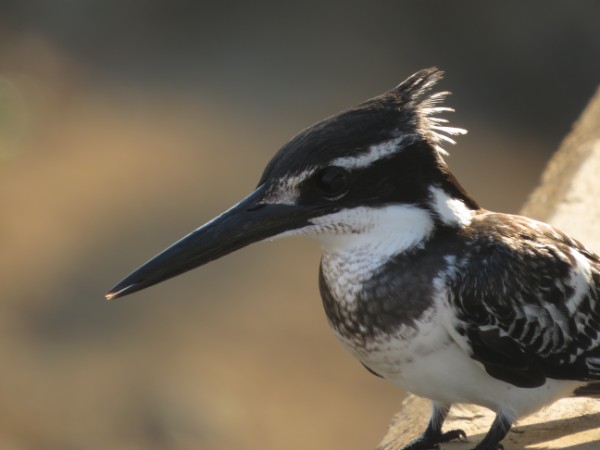
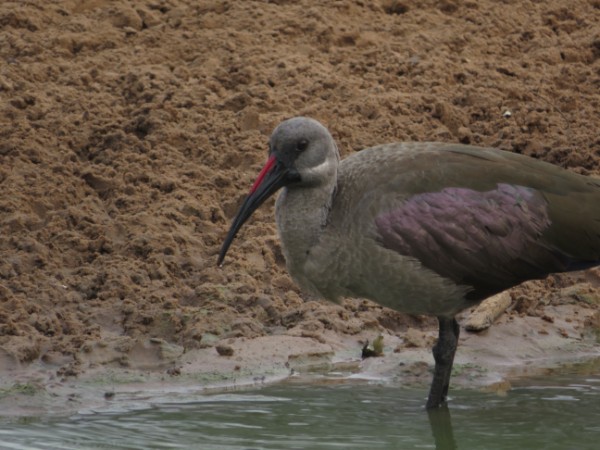
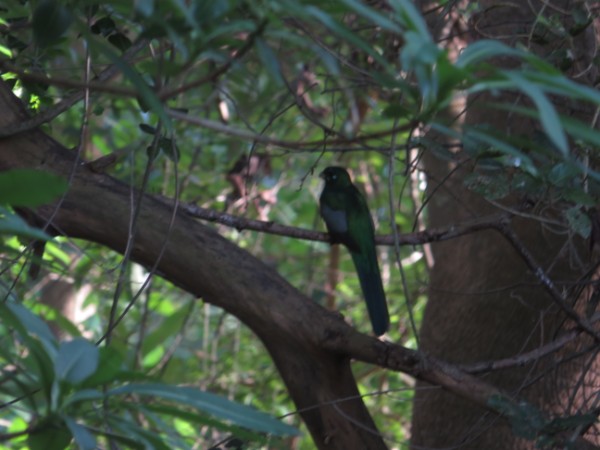
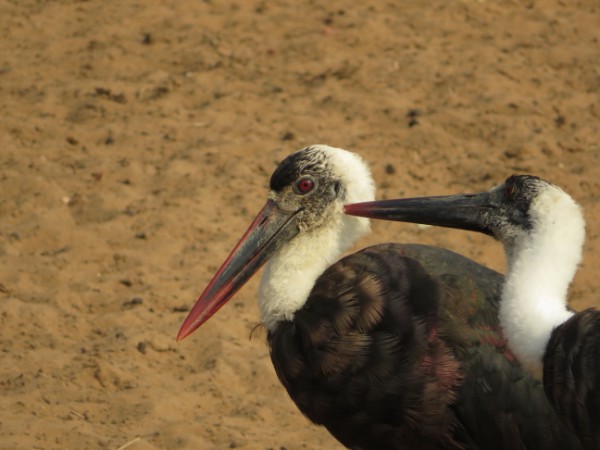
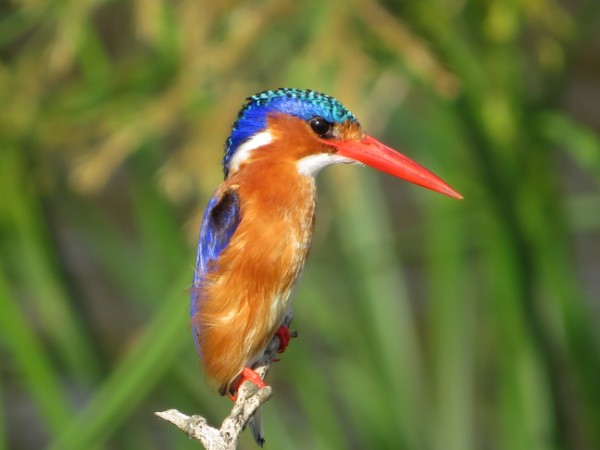

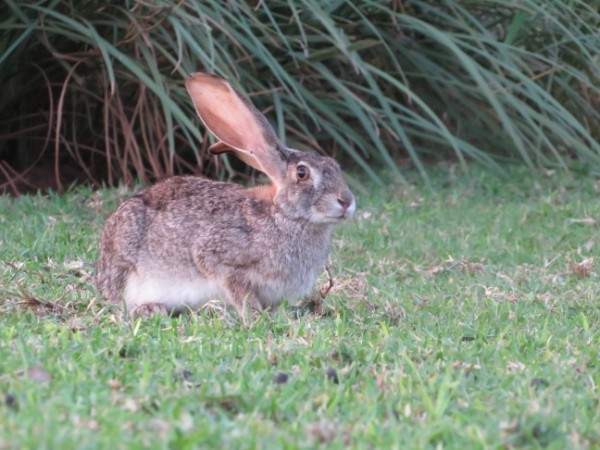
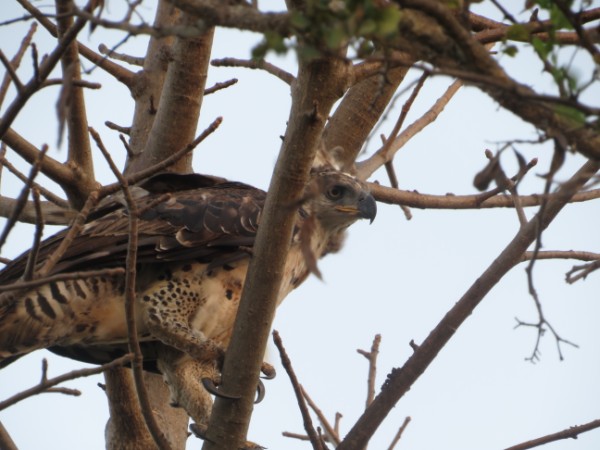








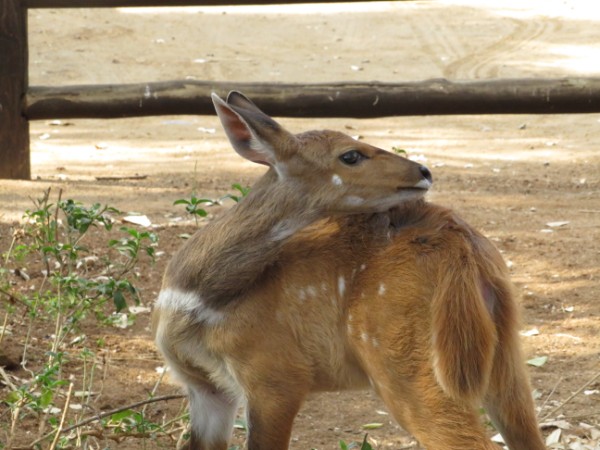
































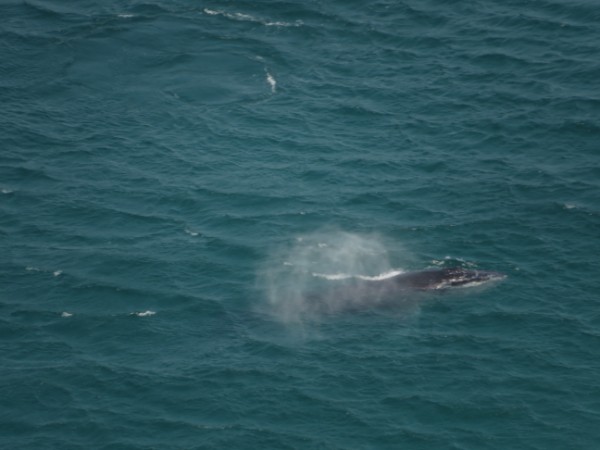






manners
in Puerto Varas
nonstop dogs and parakeets
all day/night long
until the moment I close my eyes
then mercifully
they all go quiet simultaneously
and I hear nothing more –
one more miracle
of a brain that knows
when I’ve had enough,
lies to my body to just bring rest –
until the instant my lids open to sun
when the whole rough chorus
sings the day awake
satellite stream while awaiting the Okarito kiwi
at least 30 glowing pearls on a string
arc across the sky
below Orion’s belt
evenly spaced
long enough for us to
discuss the phenomenon
while it unfolds
satellites, the simple answer
but to what end?
the old Englishman and I both say
we’ve never seen anything like it before
what could it mean
but war?
at the library next day
I consult the 1s and 0s
and quickly find an answer
Starlink-1, a chain of 60 satellites
Elon Musk’s put in the sky
sailing over New Zealand each night,
an effort at connection not destruction
another wonder
that still doesn’t approach
my delight at seeing
B-Zed the kiwi
Sand Creek Sigh
wending our way
through ghosts of kahikatea trees
shattered into cheese crates
we all go sour
buttons pushed
silent or silenced
vacant stares
and equally frosty penetrating scowls
the irritating jabs like mozzies upon us
I steam
why can’t we all just get along?
as usual
not seeing how I’m running things off the rails
not taking into account
a hierarchy of needs
no amount of sunshine or seaspray can fill
tonight the little morepork owls are everywhere
their 2-note incessant cries
like the repeated badgering question
of one son grinding his will against another
no, I can’t fight it
that little morepork must say his say
share all his dark time wishes and won’ts
sing his little heart silent
and I must summon more patience
again tomorrow
Owen took this photo.
Weka with a Walking Stick
little tokoeka comes hobbling along the strand
planting his walking stick
in every likely bit of wrack
big clown feet marking up the beach
with dinosaur tread
tiny round bum barely balancing him out
and we’re all transfixed
our prayers answered
but this biggish bird just keeps going about
his jolly way
slowly becoming mammal
not realizing a whole people
have named themselves after him
Owen took this photo.
royal (albatross)
through the whirl of white-bodied
red-legged foul-mouthed retching gulls
she wheels on impossibly long thin
elegant angular
tapered black-and-white wings
her dark eye unfazed by either
the mob of petty gulls
or the gasping people
dodging guano bombs below
and with her sweeping circuits comes
a silence seen (not heard)
a stillness felt
in the presence of grace
The People Parade, as told by L’il Foot, the Little Penguin
they’re there all day if you look hard enough
one or two scattered along the boardwalk
hidden in the scrub
but it’s only when the light goes rose
that they gather by the hundreds
wide pockets of bodies
lining the shore
we wait for them to settle down
my mates and me
then when they’re calm and quiet
we move in close
to see them face-to-face
they make so many calls
it’s hard to know what they mean
squealing and cooing
trotting up the path
I like to stand still sometimes
let them flow around me like a river
of legs and eyes and voices
and wonder what their homes look like inside
where exactly are they hurrying off to?
it’s different every night
this evening there were four
who matched each step with mine
as if I were escorting them home
out under the stars together
heading back after a long day’s fishing
we took it easy together
ambling up the hill
the smallest one didn’t even wear trainers
he left his pink feet out in the cold
and his flip flops slapped against
the boards each step
I named him Li’l Toes
and blinked him a quiet goodnight peck
and wished him sweet dreams
wherever he lays his head
before I lost him in the crowd
Owen took these photos.
ribbon-tailed astrapia
bobbing through the bush
he sews a white path
through green ground
binding memory and dream
To the Mangled
now we bow to the mangled
three-legged dogs
soldiers covered in scars
deckhands maimed by sharks
to those whose forms changed in an instant
bikers crushed by trucks
women falling in the shower on vacation in Cancun
boys fumbling with fireworks
to the souls who stayed whole
even after bodies were broken
after the slipped table saw blade
the faltering plastic surgeon
the heavy machinery suddenly backing
and right here
on this tropical island
to a cheerful white bird
unaccountably battered by a stick
in the rough hands of a brutal stranger
Cocky’s half the bird he was
paralyzed from the hips down now
dragging himself by his beak
blind in one eye
his legs twisted
tail covered in excrement
and still when you walk past
he calls out hopefully
“Hello, Cocky!”
and if you stop
he’ll laugh until you start, too,
or cry like a baby if you walk on
looking into his good eye
you see he’ll graciously accept
a gentle ruffle of his feathers and a kind word
and if you’ve peanuts
he’ll even tip his crest to you in thanks
his unwarranted trust
pains me every time
some souls
no matter how beat down
how twisted by fate
can’t help but continue to hope
to still cling to dignity
to make us all believe goodness still exists
to trust that despite their own suffering
there must be some joy left in the world